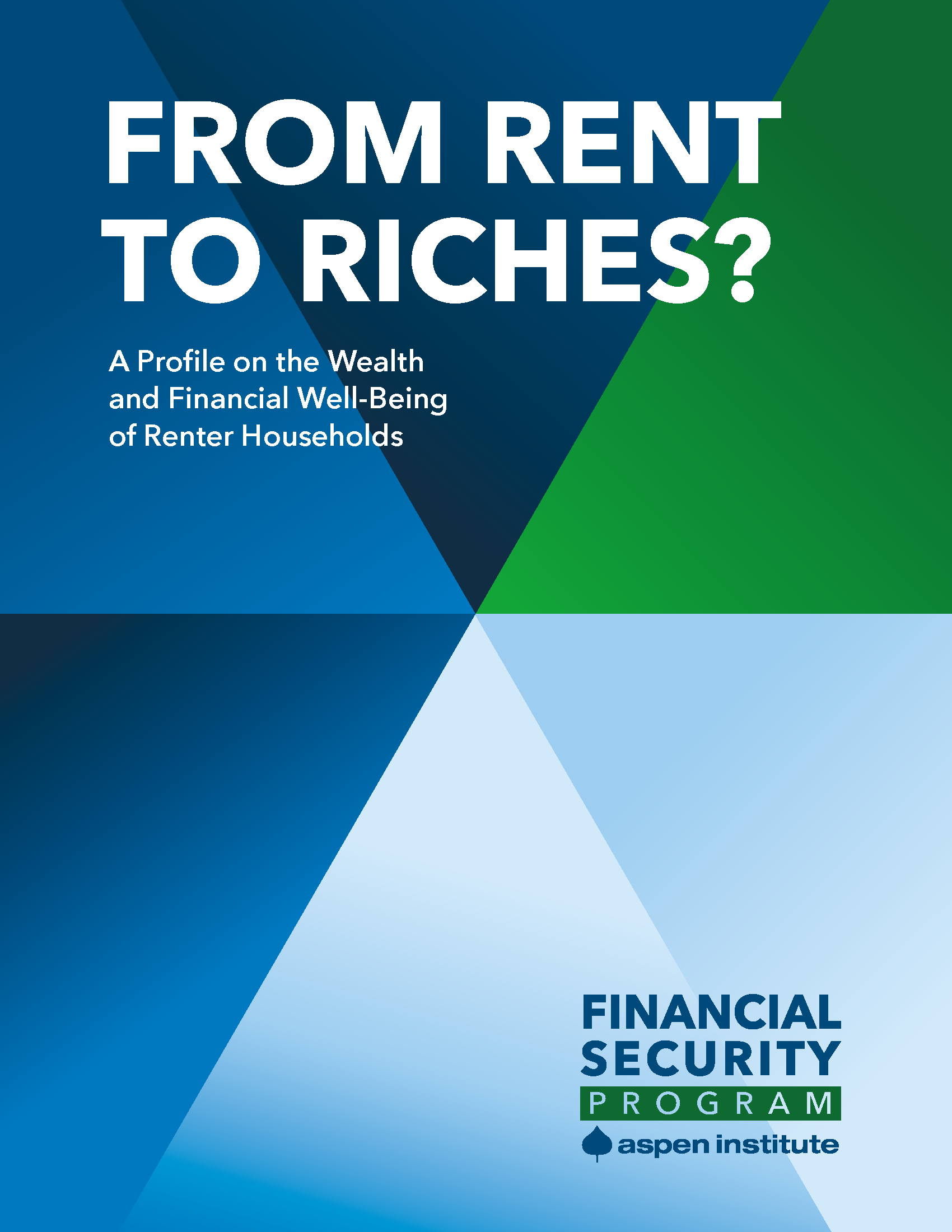This article, which was co-written with Treasurer of the City of St. Louis Tishaura O. Jones, first appeared in Bloomberg Government on February 1, 2016. It was also published in the St. Louis American on February 10, 2016.
Last November, Treasury Secretary Jacob Lew announced the official launch of My Retirement Account(myRA), a retirement investment product first proposed by President Barack Obama in his 2013 State of the Union address.
myRA provides a simple starting place for low- and moderate-income Americans who don’t have access to a retirement plan at work. With no minimum contribution, no fees, and no minimum balance, myRA caters to the needs of small-dollar savers who are often seen as an unprofitable market segment by mainstream financial service providers. myRA offers limited exposure to market volatility and provides a guaranteed return – helping new savers have a positive initial investment experience that encourages them to continue saving over the long-term. myRA is designed to complement, not compete with, products offered by the private retirement industry.
There is great potential for Treasury to take the myRA model one step further and create a “companion” product to help millions of families, regardless of economic status, save for another critical financial goal: college.
Saving for college is an uphill battle for low- and moderate-income families. Research shows that children in low-income families with some college savings – even as little as $100 – are much more likely to attend and graduate college. Elected officials and advocates who appreciate this fact, including your authors, are working hard to expand access to savings opportunities, and last week we celebrated a national “Day of Action” around children’s saving.
But the college savings products currently available in the marketplace – 529s and other tax-preferred vehicles – are mostly geared to higher-income families. In the absence of a widely available, no-fee, no-risk, “starter” account for higher education, millions of families never take tangible steps toward saving for college – steps that help fuel a college-going mindset and hope for the future.
A “my children’s savings account” or “myCSA” product could support efforts of state and municipal leaders across the country eager to implement universal children’s savings accounts. For example, as Treasurer of the City of St. Louis, one of your authors recently launched St. Louis College Kids, a program that provides a college savings account for every kindergartner enrolled in a public or charter school within the city limits. Initially, we considered leveraging the existing Missouri 529 plan, but that plan had features that made it challenging for low-and moderate-income families to participate. Contributions had to be $25 or more, fees ran as high as 61 basis points, and the investment options and tax rules were complicated. Instead, we partnered with a local credit union, where today approximately 2,800 kindergartners hold accounts.
The challenge of establishing the St. Louis College Kids program has been echoed in many other municipalities that must start from scratch to find a financial partner to customize an account product. This clearly establishes the need for a federal, turn-key product. Thankfully, we know what the main elements of such a product should be: the accounts should not have any fees, be easy to contribute to (including through tax refunds), have no minimums, be in the child’s name, be dedicated to education and training expenses, not affect the family’s eligibility for critical support programs (like health insurance subsidies or food stamps), and not burden the saver with complicated investment or tax decisions. As with retirement accounts, if the private sector is unable to meet the needs of low- and moderate-income Americans, Treasury should step in.
Some of the details would require innovative approaches. For example, the most sensible tax vehicle for the account would be a Roth IRA (which is what myRA uses), but current rules require that IRA contributions come from earned income – which kindergartners would of course not have. Additionally, parents, friends, and family should be able to make deposits in the child’s account at conveniently located brick and mortar storefronts, perhaps grocery stores or post offices, but Treasury doesn’t yet have this functionality. Fortunately, these are not insurmountable challenges. In St. Louis, for instance, we are currently exploring technology that would allow electronic cash transactions at convenience stores, a feature that Treasury could study as well.
Establishing myCSA, like the myRA, would not require congressional approval because Treasury already has the authority to issue savings bonds to fund the government. And, like the myRA, the myCSA could automatically rollover into a private sector account once the balance gets high enough to warrant more aggressive investment. Nonetheless, Congressional involvement could make CSA programs more robust. For example, the recently reintroduced USAccounts Act, authored by Representatives Joe Crowley (NY) and Keith Ellison (MN), would make enrollment automatic and provide a government match. But we shouldn’t wait for Congress to act. Treasury has the power and expertise now to create a financial product that fills a desperate need: low-cost savings accounts for college tuition. Treasury has already made important strides in retirement, now it can help make children’s dreams of college a reality.
Back to the FSP homepage.

